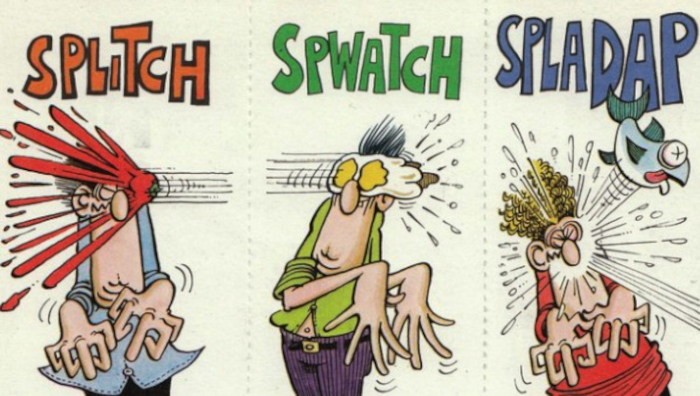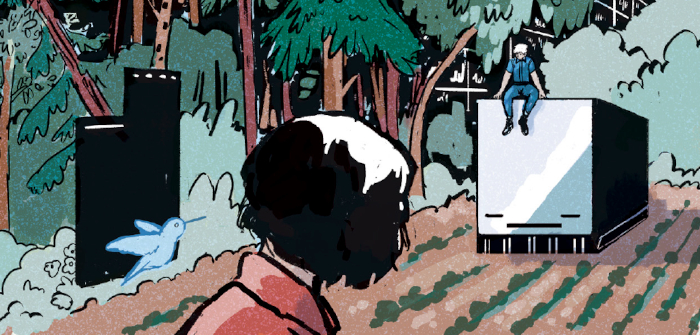
In the 1960s, both Marvel and DC tried publishing humor books, often in a style reminiscent of MAD Magazine. One of these was DC’s Angel and the Ape, about a beautiful young woman and a comics-artist gorilla who run a detective agency. While it only survived for 7 issues (with two title changes!) in 1968-69, somehow it got a Phil Foglio reboot in 1991, and showed up again as a Vertigo book in 2001, co-written by Howard Chaykin and David Tischman. While it’s hard to explain the existence of these revivals, comparing the three versions gives us an appreciation of the changes in the US comics industry over 35 years. Tim and Kumar discuss.
Brought to you by:
Podcast: Play in new window | Download









